The controller, both amateurs and experts, will love…
For a very long time, the smaller a controller got, the weaker it became. Performance sacrificed for price and features lost for footprint. But do all beginner controllers need to be so basic? Is it possible for a controller to be portable and powerful at the same time? Enter the Hercules DJControl Starlight, the beginner controller that might just turn the heads of professional DJ’s.
The Build
As predicted, the Hercules DJControl Starlight is a controller fully built from plastic. Even though this keeps the weight down, the overall build feels very solid indeed. We took the Starlight out to the Mediterranean to DJ while sailing between the Greek Islands, thrown in the bag of a working DJ with no extra protection it stood up to abuse just fine.
The plastic used for all the buttons and the performance pads is the same, hard, brittle plastic found on the other Hercules controllers. It’s noisy in operation but very responsive and doesn’t mark easily. The faders and pots also feel very solid, the faders even featuring a click at the zero points.
At 34cm wide, 10cm tall and weighing just 480g this controller is seriously portable and fits into almost any backpack with ease.
The Decks
The DJControl Starlight uses an asymmetrical design with the right deck being a mirror image of the left. Usually, you’d see us complain about such a move, but in this form factor, we champion the move. This layout allows room around the performance pads without the tempo faders smothering them.
The 6cm wide jog wheels are small, shallow and feature a capacitive top meaning that, if you’re capable, you can scratch on this tiny controller! The jog wheels are super-sensitive thanks to their small size which take a while to get used to, thankfully though you can turn off Vinyl mode thanks to the dedicated button.
At the bottom of the decks, we find the sync, cue and play buttons. The buttons are responsive and well-spaced, which is excellent for a controller so small.
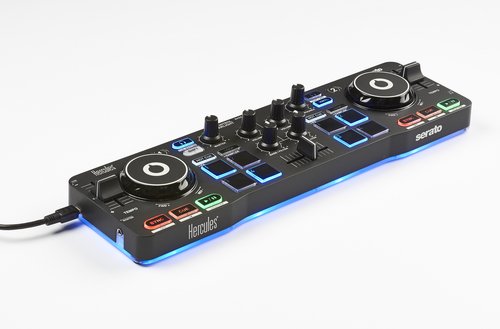
The Performance Pads
Each deck features four performance pads which control four modes. These 2cm square pads are just buttons, with the same click and feel as the rest of the buttons on the controllers. The two mode-selection buttons activate Hot Cue and Auto Loops on their top layers. By pressing shift, we can access their secondary layers which are Effects and Sampler.
Hot Cues allows the creation, activation and then deletion (by holding shift) of up to 4 hot cues per song. The auto loop function activates an 8 bar loop on button 4. These reduce to 4 bar loop on button 3, 2 bar loop on button 2 and 1 bar on button one.
The FX mode activates a mode never seen before in a Serato controller, pad effects! As a general rule of thumb, Serato effects are controlled by rotary knobs with an on/off switch. However, the Hercules maps buttons 1-3 to activate the three effects banks, respectively, while you hold the button down. Once released, the effect will turn off. The fourth button is used to half the beat division of the effects bank down from 1 beat down to 1/2. The effects all work post (cross) fader, which is nice too! We have never seen the effects in Serato controlled via pads before, and it works well. Hopefully, we will see more controllers act like this in the future!
Finally, sampler mode allows the DJ to trigger the inbuilt samples in Serato DJ Lite. Once triggered, pressing the pad again will only set off the same sample on top of the one already playing. You can’t change the playback mode sadly inside Serato DJ Lite. You’ll have to upgrade to Serato DJ Pro for that option.
The Mixer
With very little room to play with, Hercules have had to think hard to give DJ’s a viable solution that enables creative and smooth mixes. In a footprint so small, there isn’t enough room to fit a standard mixer complete with EQs and up faders. The solution comes in the form of rotary volume faders with a separate knob that switches between HP/LP filter and low EQ mode. Dedicated volume knobs allow DJ’s to mix tracks in the same way they would on a rotary mixer, gradually increasing the volume of one track while fading the other out. This method of DJ’ing is incredibly smooth when done right and allows DJ’s to disable the crossfader entirely should they wish.
The crossfader, of course, can be used to mix with, the curve of which can be changed in the settings to help create smoother mixes. Scratch DJ’s can speed up the crossfader and even reverse its direction. However, that said, the cut-in distance is poor, which somewhat hampers more professional scratch DJ’s.
Finally, the bass/filter knob is an ingenious solution to the lack of EQ on controllers this small. The low EQ is always a DJ’s first move to adjust when mixing two tracks, so having control over this is essential. Being able to press the button at the top of the controller to switch modes, and turn this knob into a filter is quite frankly superb. The button illuminates bright white while controlling the filter to indicate the mode. This combination allows DJ’s to create smooth mixes without sacrificing creativity. Another example of how smart thinking has allowed Hercules to cater for both the beginner and advanced DJ’s with this tiny controller.
The Connectivity
The connectivity on the Hercules is inevitably limited due to its size. Outputting the master through a 3.5mm TRS headphone jack at 24-bit/44.1 kHz means the Starlight for all its ingenious packaging doesn’t sound the best. We found the controller outputs quite a lot of static noise, even to the point where we could hear the LED’s flash in our studio monitors when idle. If Hercules could squeeze a pair of RCA connections in the next version that would be beneficial to stop us having to carry adaptors or special wires to connect the controller to larger speakers.
The headphones are output on the opposing right side via the same 3.5mm port. The cueing options here are great with cue master, and cue mix controls accessed via shift on the channel cue buttons. Dedicated volume control is also on board to get the levels just right!
The controller connects to your laptop via a Mini USB B connection, again very typical of a controller this size. Here in the office, we are looking forward to the day DJ equipment, especially of this size, adopts the USB C standard to cut down on the number of cables we have to carry about and adapt to work with modern laptops.
The Lights
What appeared at first as a bit of a gimmick, actually turned out to be one of our favourite features of the Hercules DJControl Starlight. We are, of course talking about the LED under lighting found on the base of the controller. Using two bright multicoloured LED’s per deck, this controller illuminates the surface it’s placed upon in six different ways! This feature looks particularly impressive in a dark environment and syncs to the playing music by taking the information directly from Serato.
1. LED off
2. LED on
3. Beat Flash: The LEDs light up in red at the first beat of the main song and in blue on the following beats, turning off between beats.
4. Beat Fade: The LEDs light up in red at the first beat of the main song and in blue on the following beats, without turning off.
5. Master Volume Program: the LEDs light up in white; their intensity depends on the volume
6. Waveform Color Program: 2 LEDs per deck reproduce the colours of the waveform of the respective tracks.
7. Cue point Color Program: 2 LEDs per deck light up progressively, according to the colour of the upcoming Point Cue.
The beat flash and beat fade modes are our favourites, allowing DJ’s to press play on the first beat of the bar, helping DJ’s to not only stay in time but in phase too! Very cool and unique indeed.
In Conclusion
The DJControl Starlight, at £70, is one of our favourite controllers here in the office. It’s a controller that hasn’t allowed its size or price point to hold it back creatively. Hercules has been known for their crazy controllers, with mad lighting and loud designs. This new, toned down Hercules range of controllers, however, showcases just how good their product designers can be. Coming up with great solutions and intuitive features that allow the Starlight to stand out from its competition.
Professional DJ’s can connect this controller to Serato DJ Pro and use this as a brilliant back up solution. Beginner DJ’s can buy this controller without breaking the bank, getting to grips with touch-sensitive jog wheels, basic EQ’ing and beat-matching straight away. Coming bundled with Serato DJ Lite is a brilliant move, placing the DJ’s in a software ecosystem that they can grow within unlike some of the home brand software we see bundled with other models of controllers.
We would still recommend total newbies to go for a bigger controller, with a more mature mixer section. But if you’re on a budget, or want a controller that travels comfortably. This has to be one of the best around!
Video Guide
Want to learn to DJ with Serato?
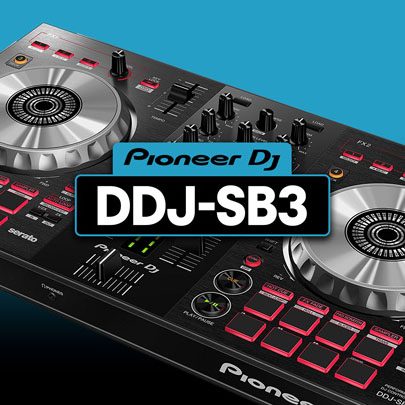
Pioneer DDJ SB3 DJ Course
3.75 hours
28 lessons
Beginner
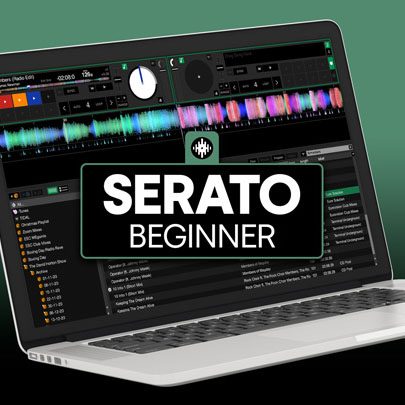
Serato DJ Course
3.5 hours
23 lessons
Beginner
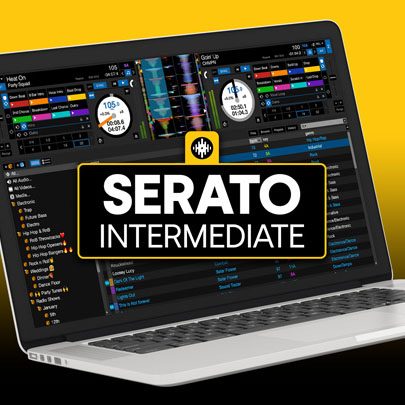
Serato DJ Course
8.5 hours
47 lessons
Intermediate
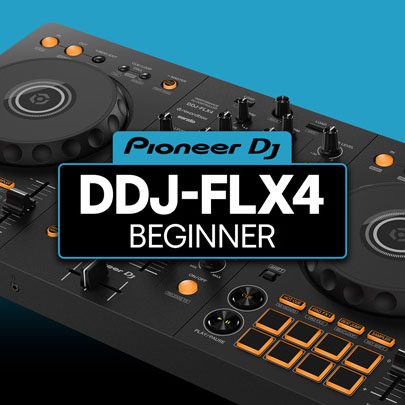
Pioneer DJ DDJ-FLX4 Course
7 hours
41 lessons
Beginner
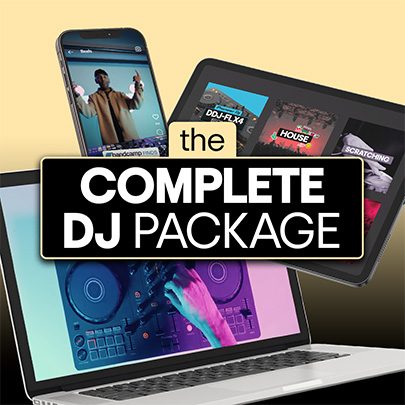
Complete DJ Package
835 hours
1300+ lessons
Creative
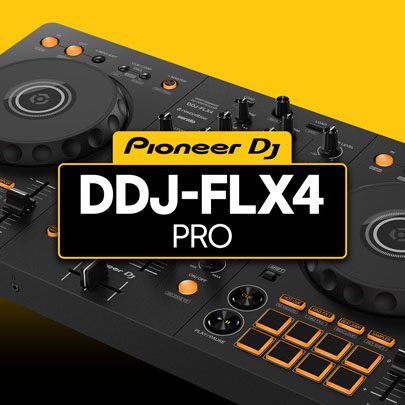
Pioneer DJ DDJ-FLX4 Pro Course
9.5 hours
49 lessons
Intermediate
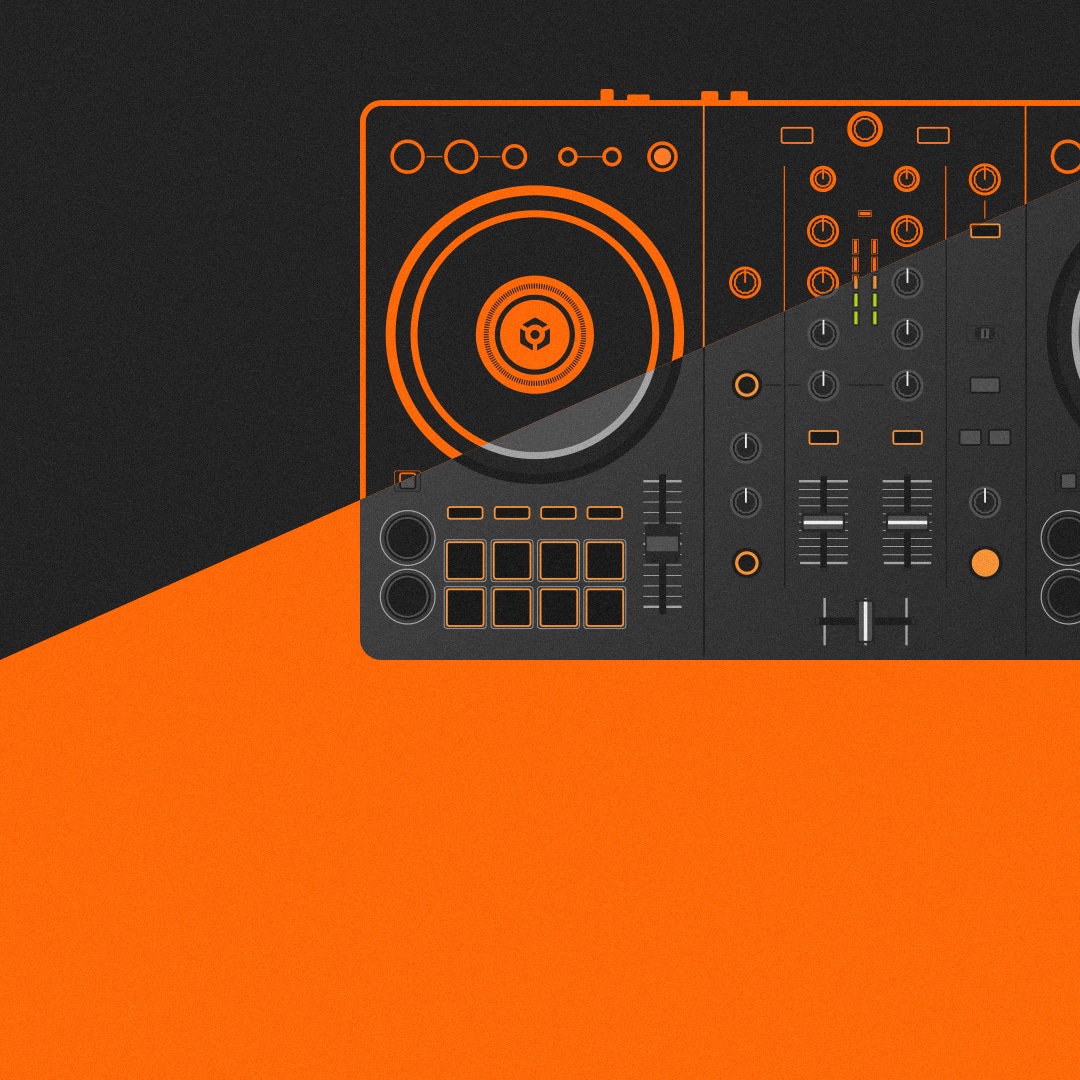
DDJ FLX4 Beginner To Pro Bundle
16.5 hours
90 lessons
Beginner

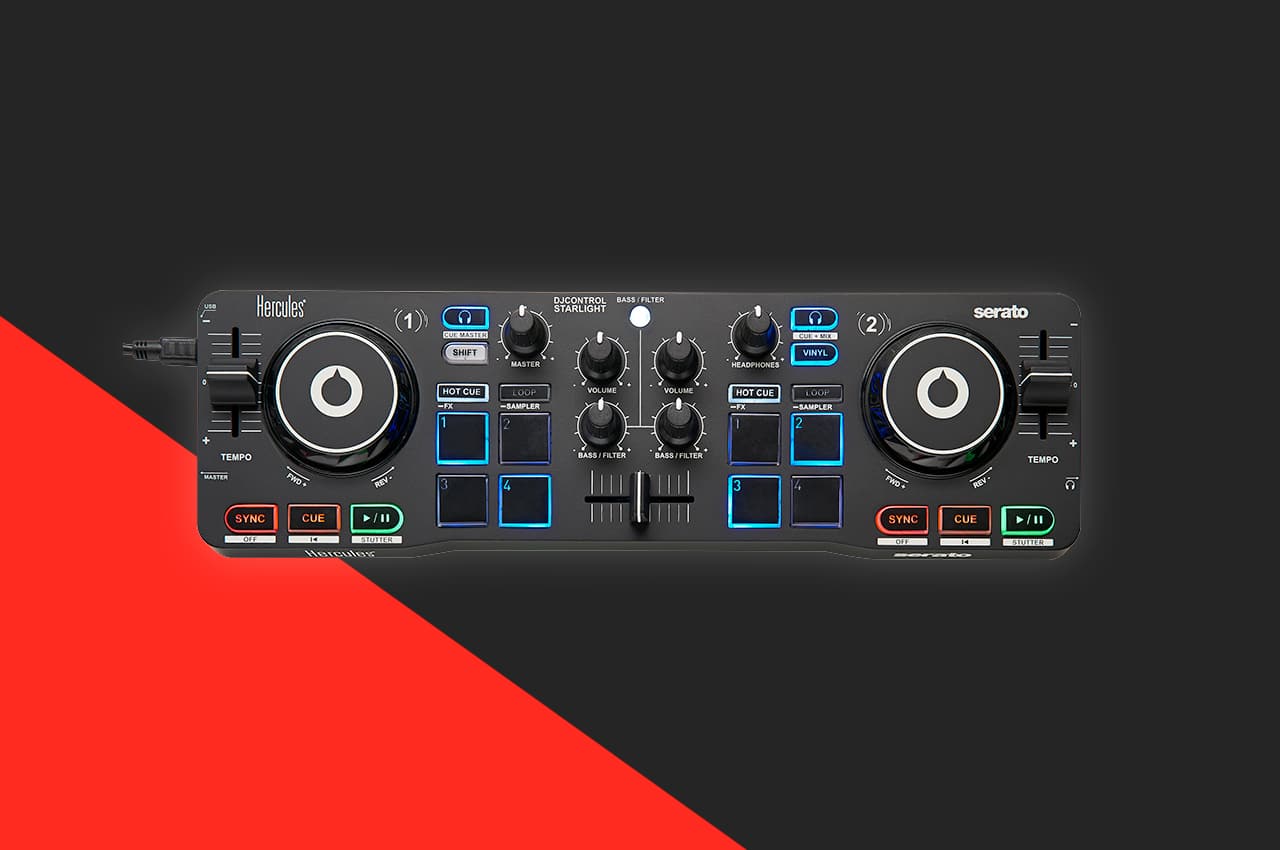
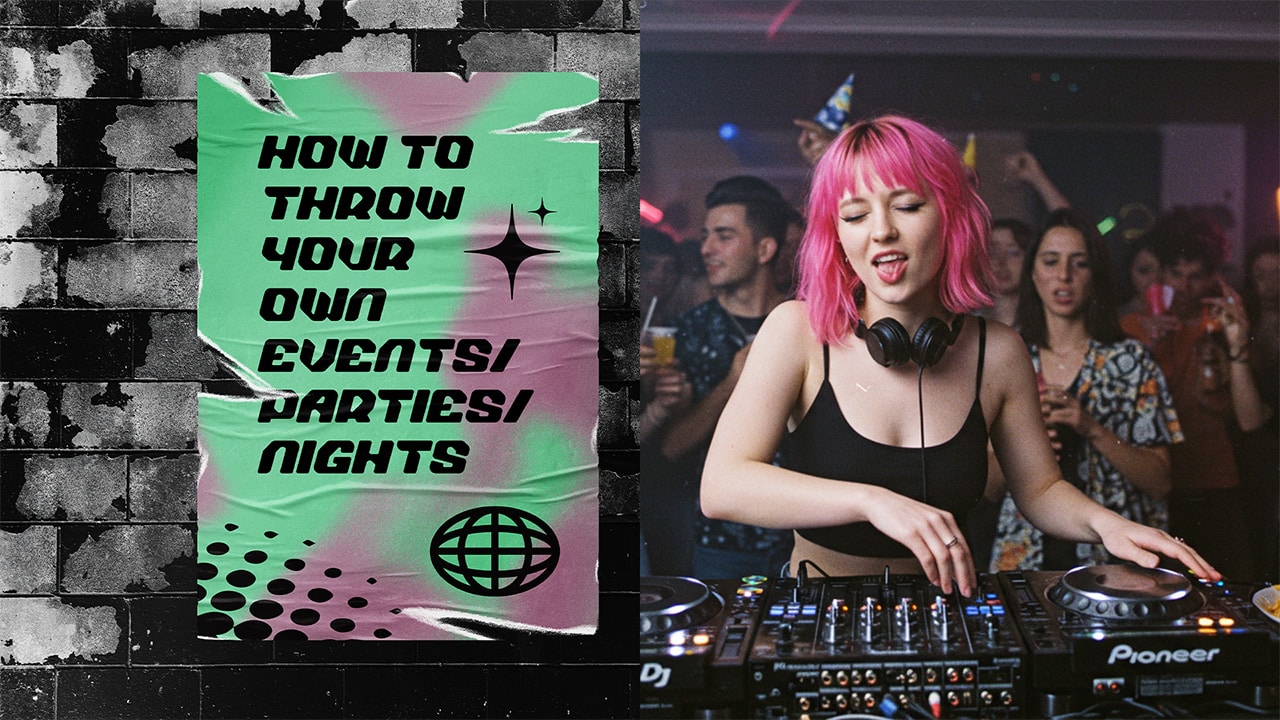
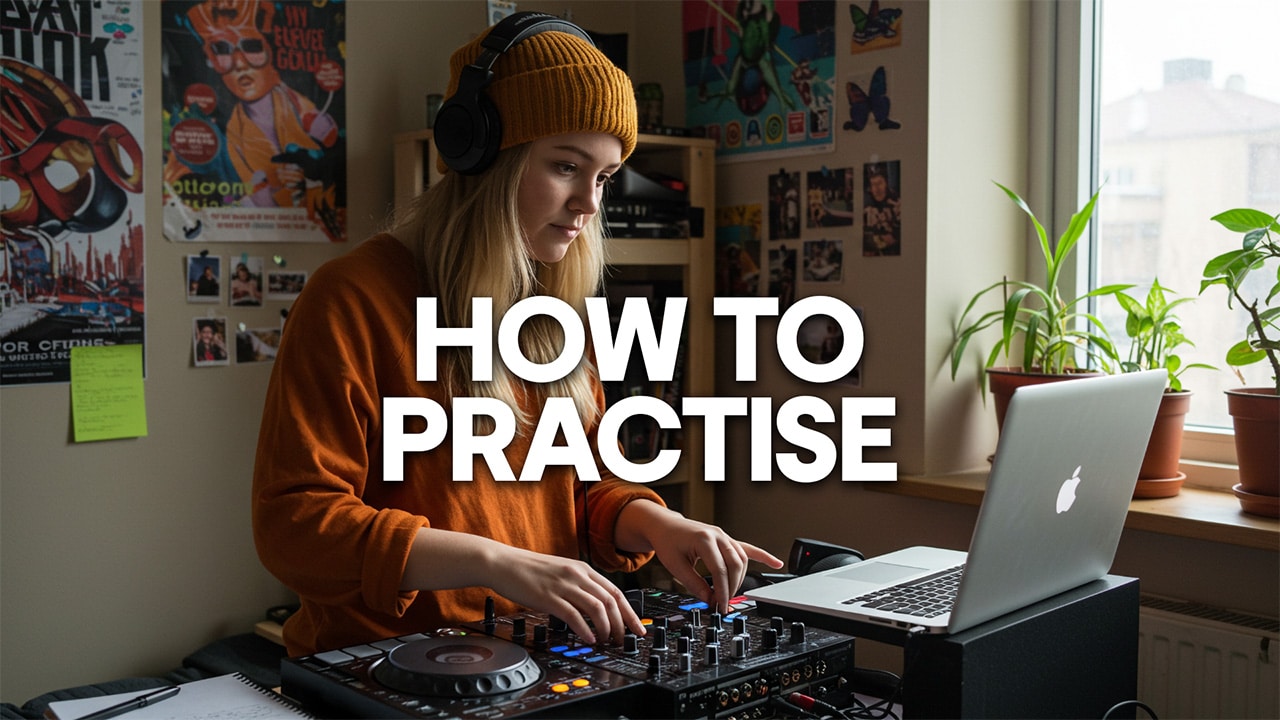
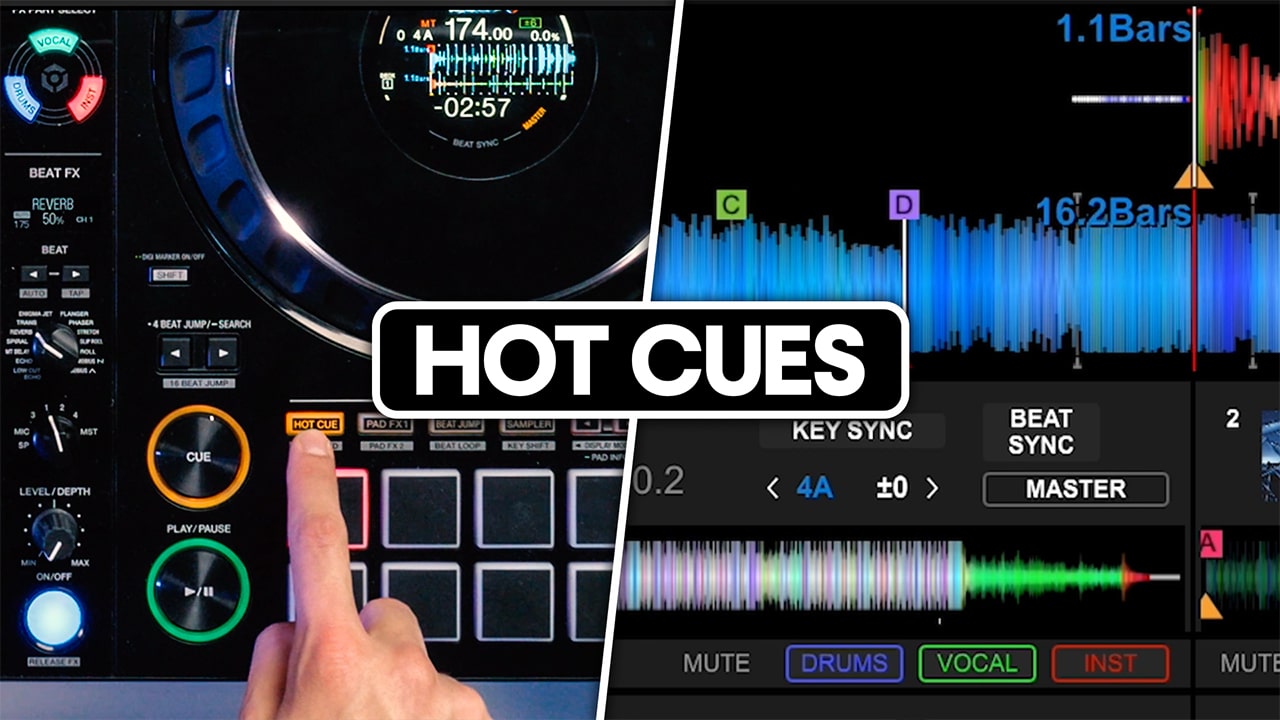
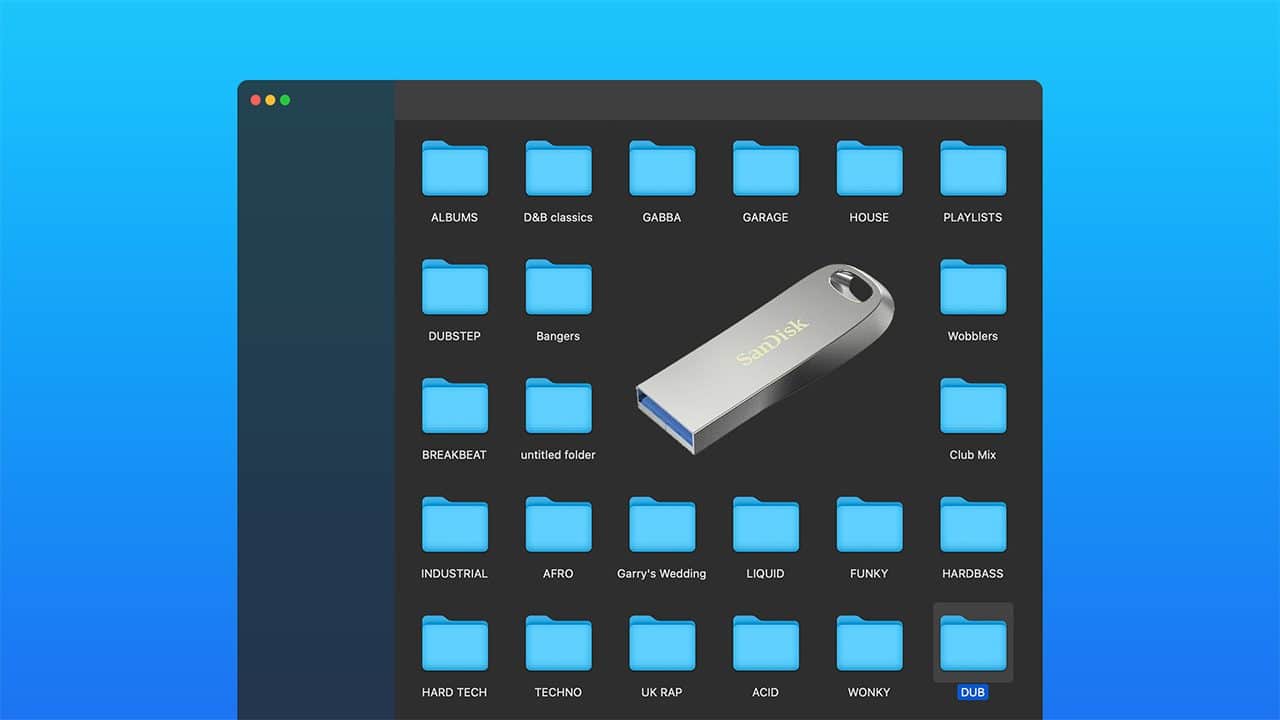
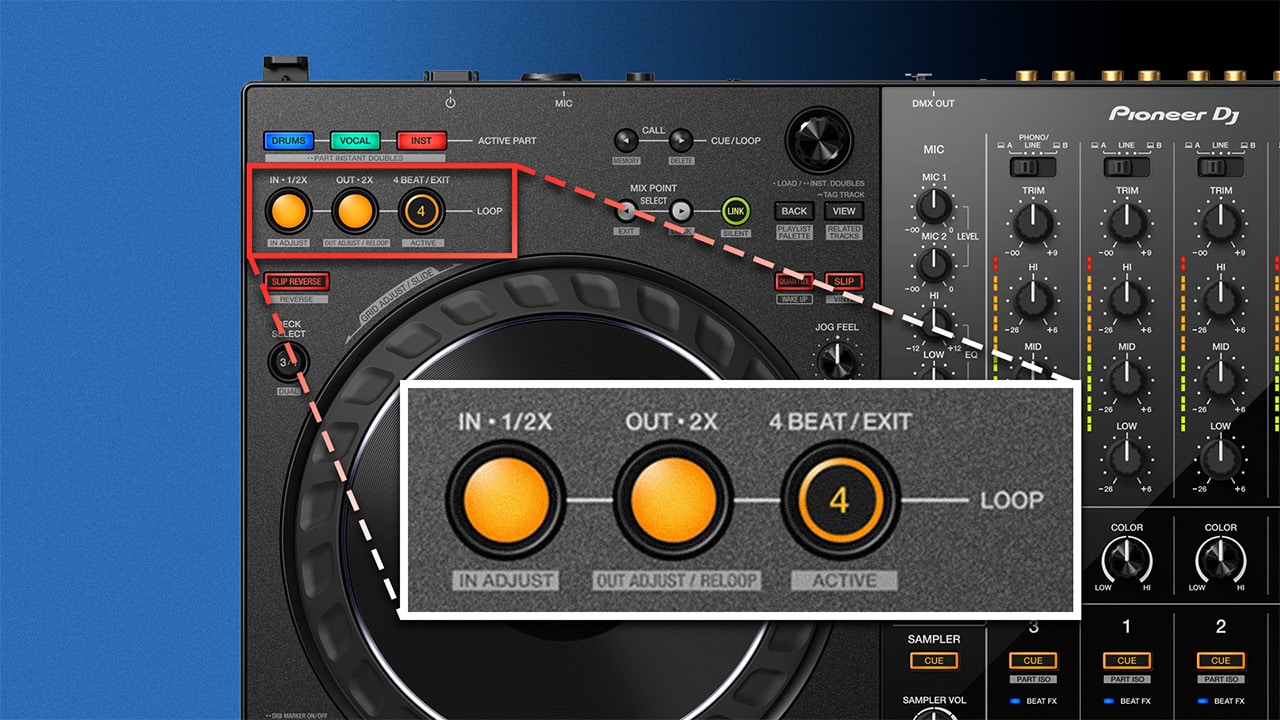
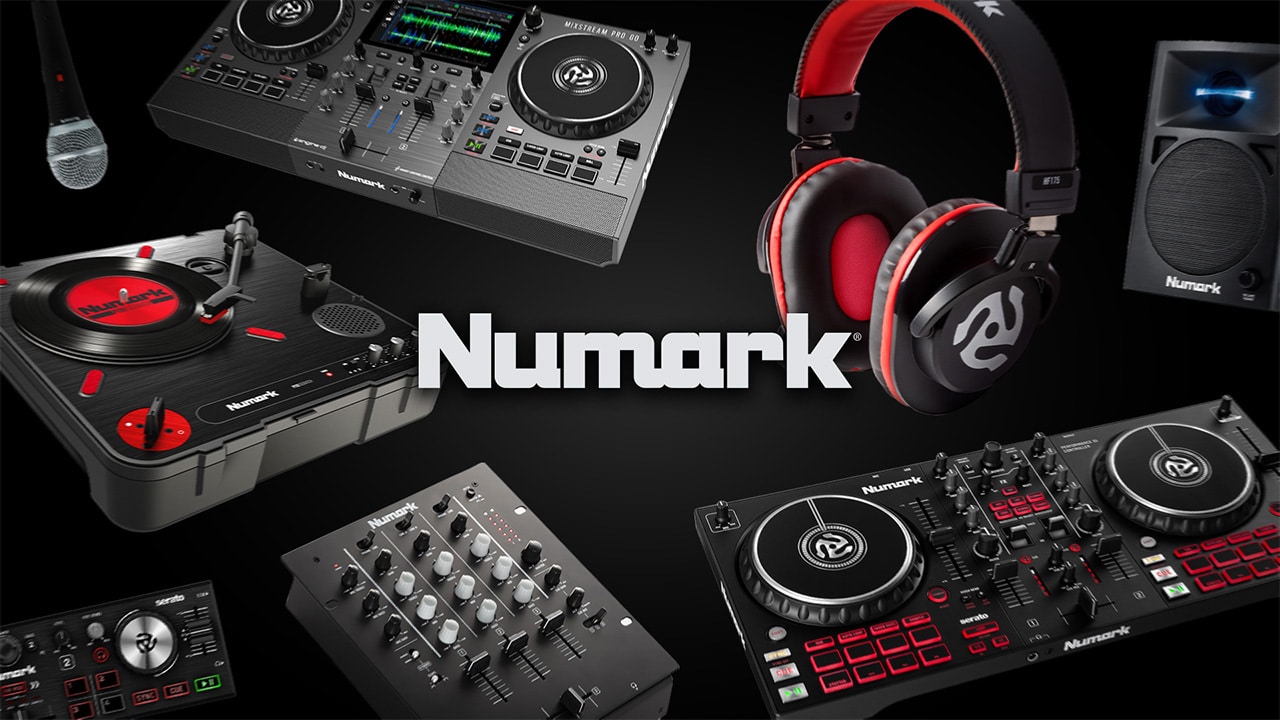
Can I get this to work fully with all features on Rekordbox?
Unfortunately not, Rekordbox doesn’t allow the jog wheels of none Pioneer DJ controllers to be mapped
What type of laptop should I use with this product? What capabilities should it have?
Hi there,
Any laptop that meets the minimum recommended specifications for Serato DJ Lite or/and DJuiced should work fine!
I’ll attach a link to these specs below:
https://serato.com/dj/lite/downloads?systemrequirements#system-requirements
Hope this helps!